
This page contains affiliate links. As an Amazon Associate, I earn from qualifying purchases.
Table of Contents
What is Micro Fishing?
Micro fishing is a style of fishing that uses extremely small hooks to catch tiny fish. This style of fishing has grown in popularity very fast over the past few years, especially through social media like Youtube, Instagram, and Facebook, but exactly how small is small enough to be considered micro?
Micro fishing makes use of specialized micro hooks called tanago hooks, and sometimes small fly fishing hooks designed for tying very small flies.
Using these micro-sized hooks is required because the fish that are targeted when micro fishing are usually less than 4 inches. The typical-sized sunfish or baby bass you might be used to catching are usually much too large to be considered micro.
In fact, the term micro fishing often gets misused by anglers who are ultralight fishing or fly fishing; these cannot be considered micro fishing. True micro fishing is defined by the size of hook and targeted fish as described above.
Origins
Micro fishing has its origins from an old Japanese tradition, where anglers would enjoy fishing for micro-sized fish called bitterling, known as Tanago in Japan. This ancient pastime is now practiced and kept alive by modern Japanese anglers as a way to learn the traditions of their ancestors and to reconnect with nature.
Why Try Micro Fish?
Many anglers have picked up this technique as a means to catch more species of fish. These multi-species anglers, enjoy the challenge of catching new species and learning about native fish diversity through the sport of multi-species fishing.
Micro fishing is a great way to challenge your angling abilities, learn about the wild fish living in your local watersheds, and even just to relax and enjoy being in nature.
There seems to be a notion among anglers that fishing for small fish is easy, but this couldn’t be further from the truth. Is it harder to hit a big target or a small target?
Very often targeting a smaller fish is more difficult than a larger fish, and when micro fishing the smallest fish are often the biggest challenge.
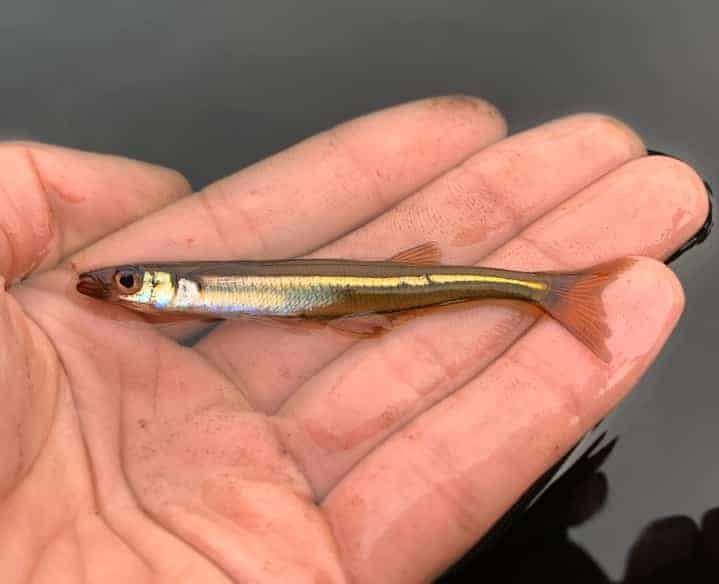
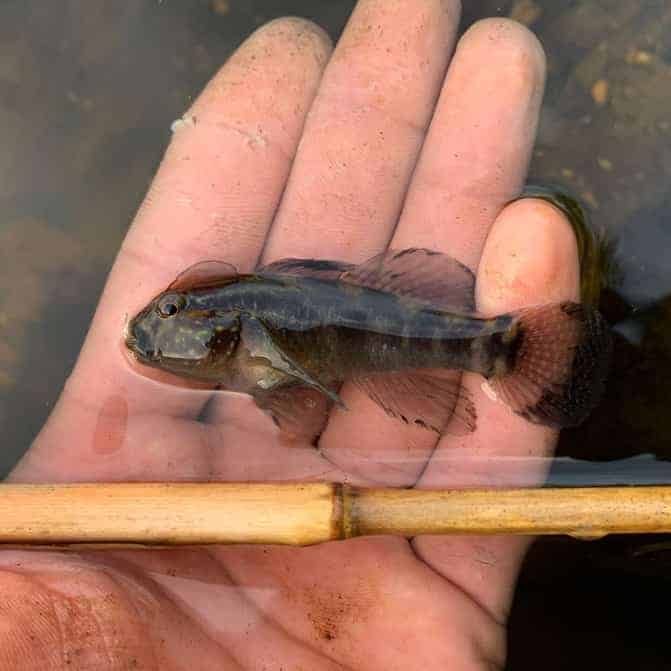
Micro Fishing Gear
Fortunately, micro fishing does not require a lot of gear to get started. In terms of gear, micro fishing is one of the most simple styles of fishing; all you need is a hook, line, and a rod. You can easily get everything you need to get started for under 100$.
Micro fishing hooks
The hook is certainly the most important part of micro fishing gear because without the correct size hook, you will struggle to catch micro-sized fish.
There are a couple of different options to choose from, but as a general rule, the smaller the hook point, the smaller the fish you can target. Specialty Japanese micro hooks called Tanago hooks are a necessity for micro fishing, but small size fly hooks, size 20 and up, or hooks from a standard sabiki rig can also be used.
If you’re just getting started or don’t have any particular targets in mind, start with these. The Owner New Half Moon is a very good general use micro hook for fish under 3 inches.
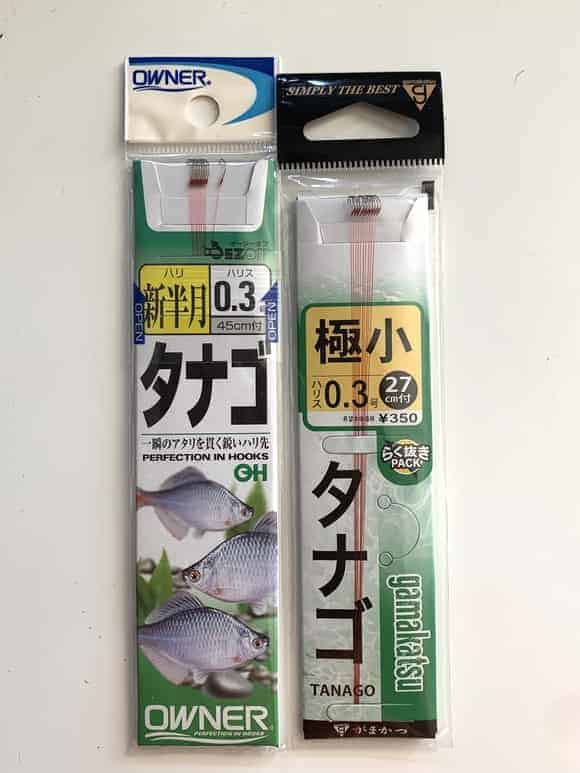
The name of these hooks is a bit counterintuitive, likely due to a translation from Japanese. The Gamakatsu Smallest actually has a very long point for a tanago hook. These long point tanagos are better suited for larger micros with larger mouths, like small sunfish, shiners, or larger darters.
The long point helps to keep the fish from falling off the hook, which happens often with most tanago hooks.
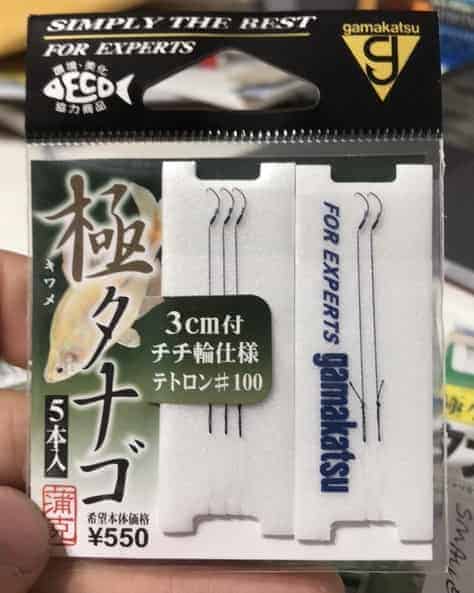
Up until recently, these were the shortest point tanago hooks available in the United States. These Gamakatsu ultimates have a very short hook point, and should only be used when targeting fish with extremely small mouths, like very small killifish, shiners, darters, or livebearers.
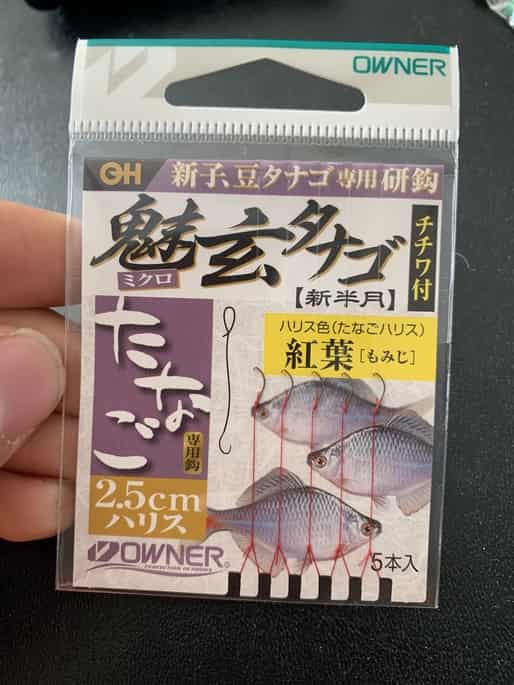
These Owner Migens recently became available in the US market and are the smallest of the small. They are completely unnecessary unless you need to target the smallest fish possible.
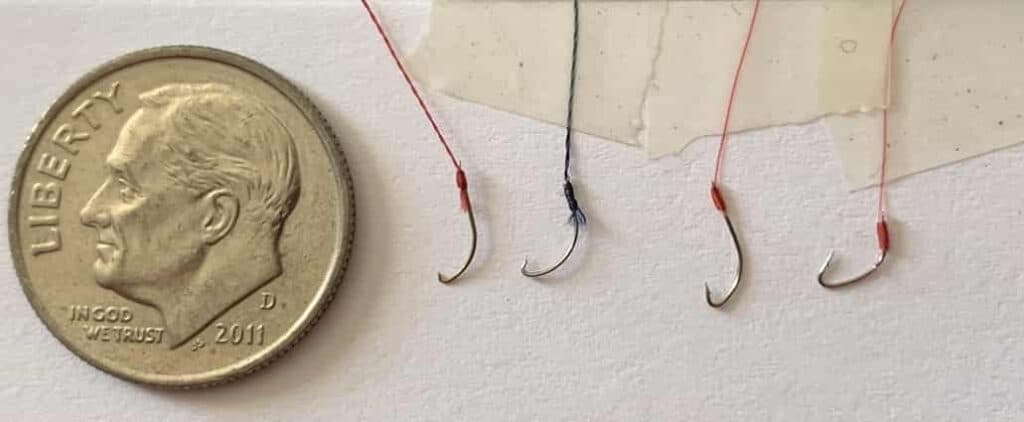
Tying these tiny hooks directly to a line can be difficult because they’re so small. Fortunately, all of these hooks come pre-snelled for convenience. These pre-snells either come with incredibly thin monofilament or braid and can be easily attached to your main line by a loop-to-loop connection knot.
Micro Fishing Line
Choosing the right micro fishing line is pretty simple because the hooks already come pre-snelled. The pre-snelled hooks usually come with a super-thin red monofilament or braided line. These pre-snelled rigs can be connected to your mainline with a loop-to-loop connection knot.
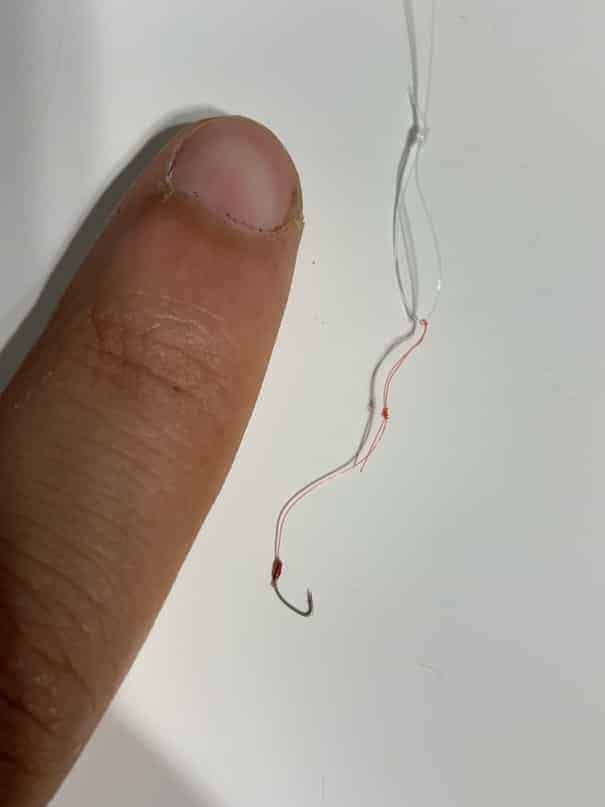
For a main line, usually, a thin fluorocarbon, 1-4lb, is preferred because it sinks and allows the bait to be presented naturally. However, thicker lines can be useful too; if you’re fishing in the cold, at night, or just have clumsy fingers, a thicker line will be easier to hold and keep track of.
Micro Fishing Reels
A majority of the time, micro fishing is more convenient and effective with a fixed-line method of fishing; no reel is needed. When micro fishing, having a reel is often clumsy and unnecessary. However, a reel can sometimes be useful when micro fishing in deep water or wherever you need to cast and retrieve your rig.
Micro Fishing Rods
When choosing a rod for micro fishing, the most important thing to take into consideration is length. Naturally, you’ll want to match the length of your rod to the distance the fish are from you.
When targeting fish up close, you’ll probably prefer a short rod, and when targeting fish that stay far away, longer rods are helpful.
Some useful rod options could be an old spinning rod, a tenkara rod, a branch from a tree, or even just your hand. When fish are up close sometimes it’s easier just to hold the line and fish without a rod.
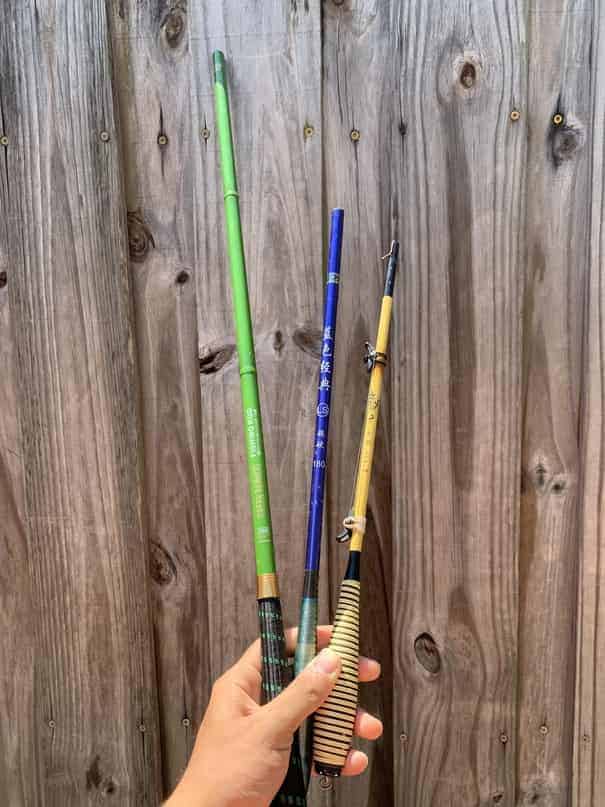
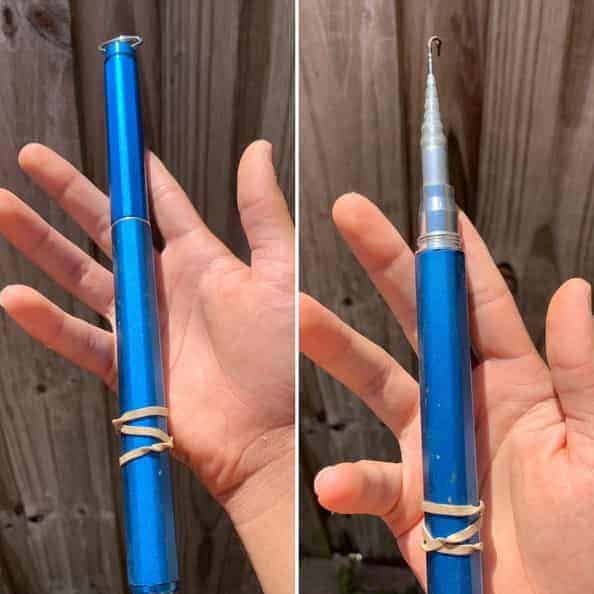
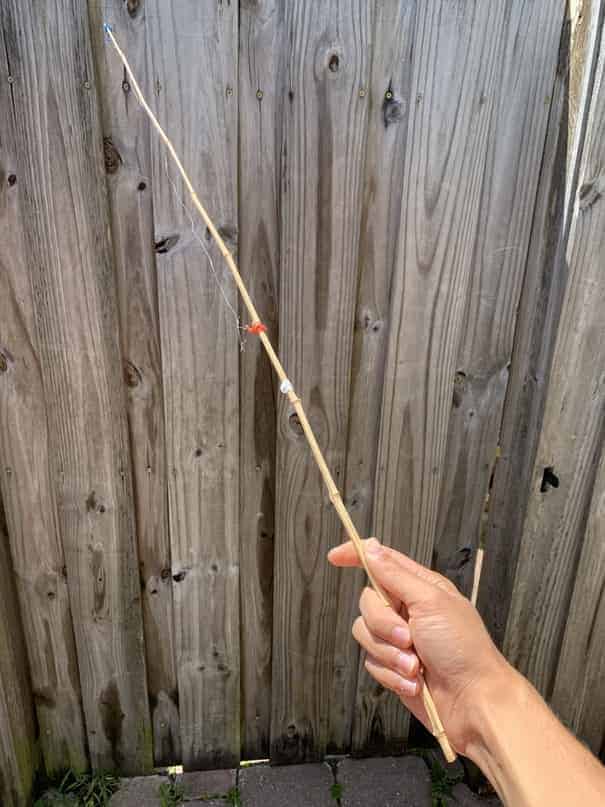
Hand-crafted bamboo rods are the traditional choice of rod by Japanese micro fishermen. These are usually 3 to 7ft long and can be incredibly sensitive, but these JDM (Japanese domestic market) rods can be expensive, so I prefer to use more affordable alternatives.
Telescopic rods are often preferred due to their portability, efficiency and ability to be used at short or long range.
Affordable tenkara style rods available on eBay and Amazon serve as a great affordable replacement for the JDM Tanago rods.
These telescopic rods are useful because they can be quickly assembled and disassembled for use on the go. They are also lightweight and easy to carry, which frees up space for other gear if needed.
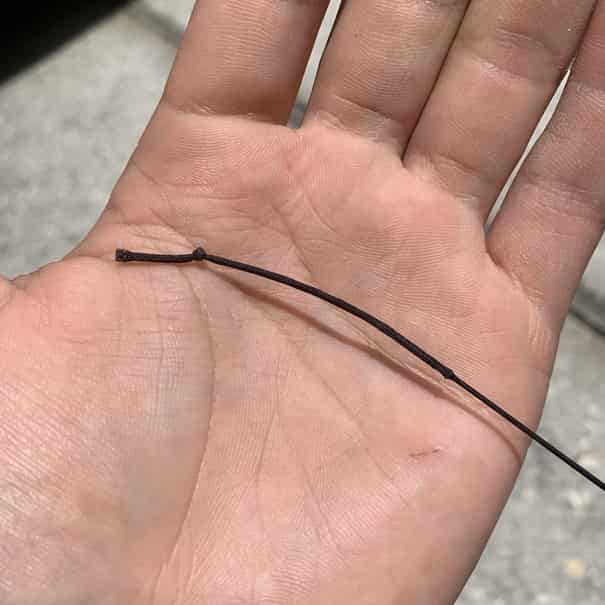
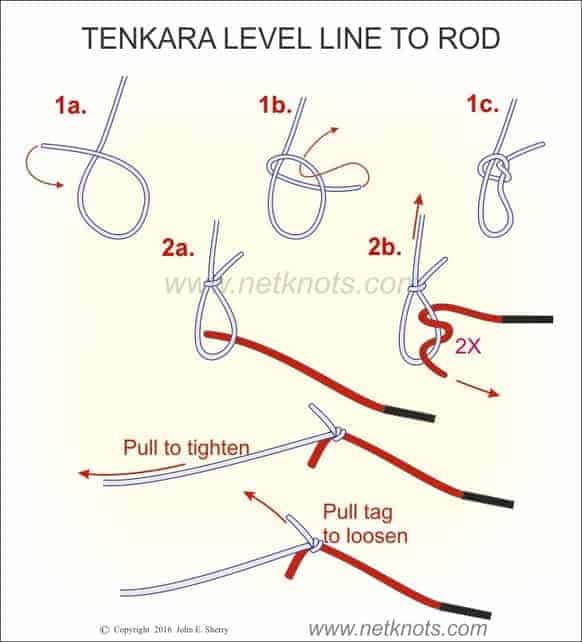
Micro Fishing Rigs
The most basic and universal rig for micro fishing is a simple split shot rig. The size of the split shot weight will depend on the depth and current you are fishing.
The split shot rig is great because of how quick it is to set up and its application in many different fishing scenarios. For shallow water, or when fish are getting spooked by the split shot, a weightless presentation is often optimal.
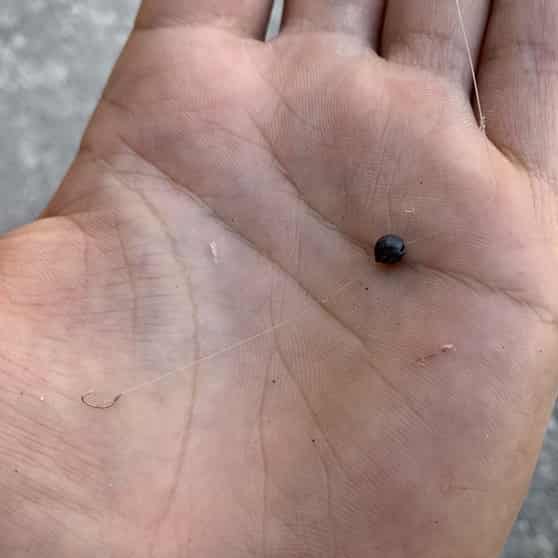
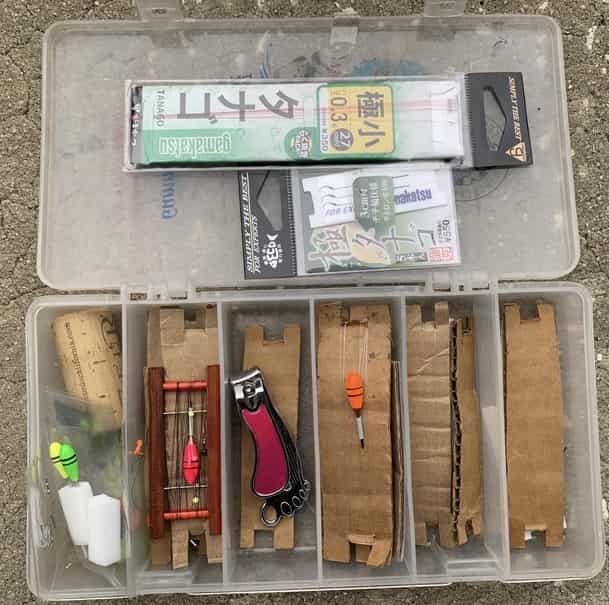
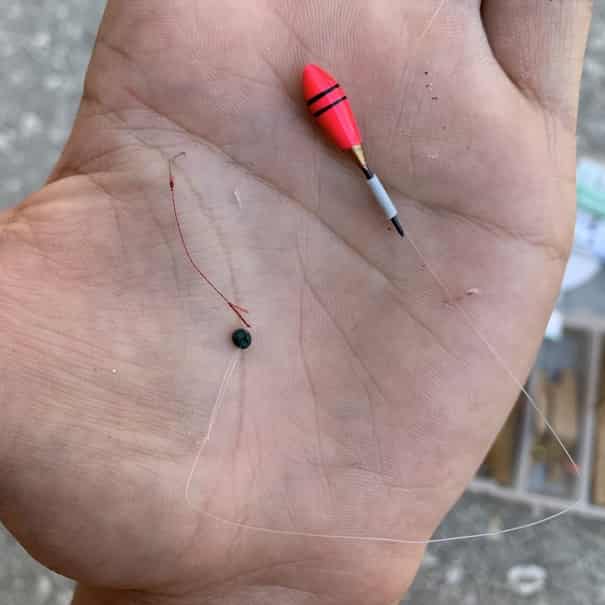
Float rigs are also extremely useful especially when micro fishing and you cannot see your target. A little bump on the float will indicate that you’ve got a bite. Specialized tanago floats can be used, or strike indicators meant for fly fishing can work too.
Micro sabiki rigs can also be used to quickly target schools of baitfish, but this rig can be clumsy because having rigs with multiple hooks can get tangled and snagged easily.
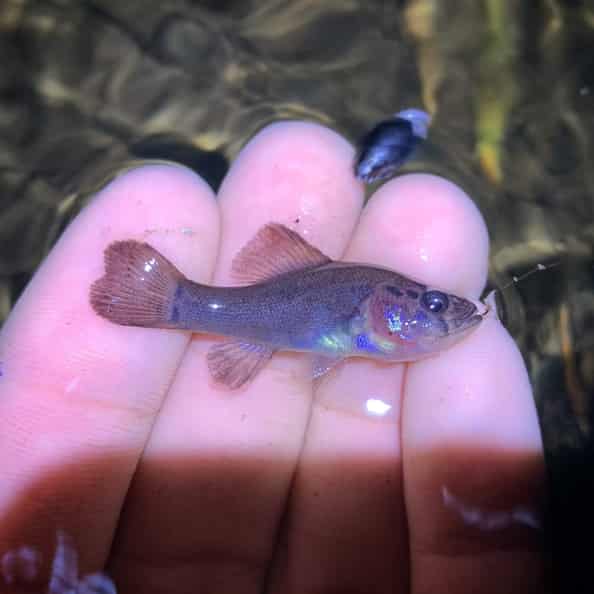
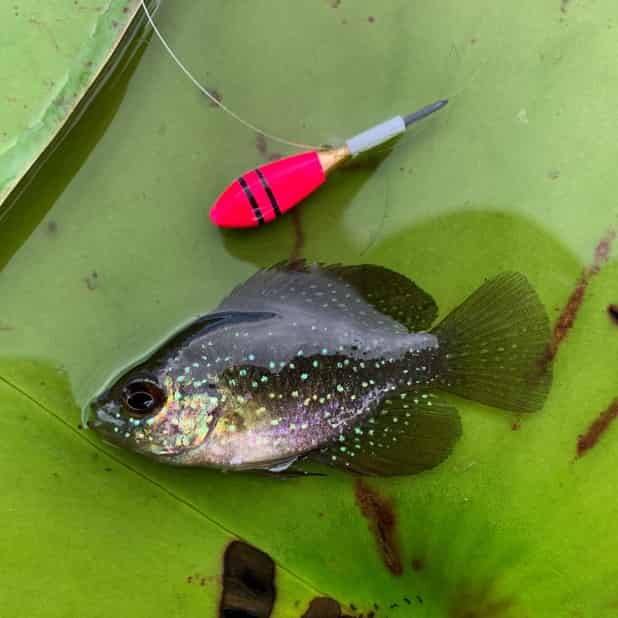
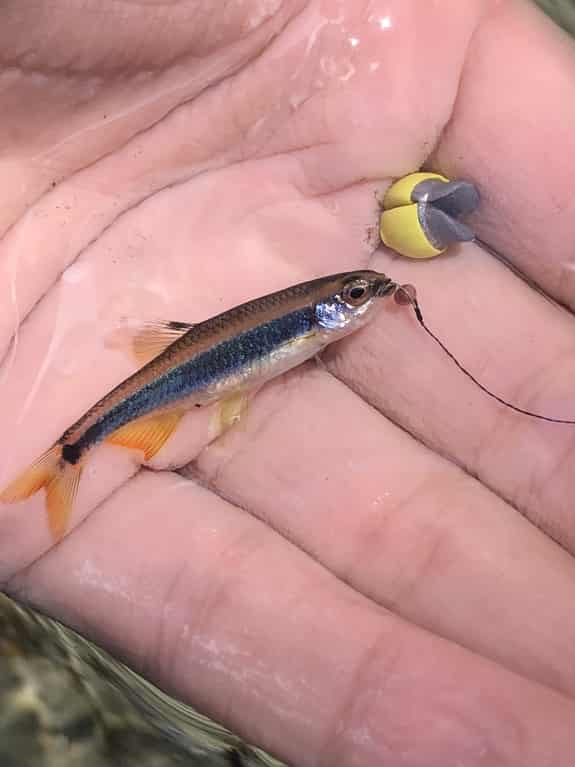
Micro Fishing Bait
There are many different options to use as bait, and the choice of bait will depend on your targeted fish. However, in general, the most versatile baits will be natural meaty baits like pieces of live earthworms, or fresh shrimp, or squid.
You’ll want to match the type of bait to what’s being eaten in the habitat you are fishing. It’s even better if you can catch your bait from the location you are fishing. It’s usually pretty easy to dig up some worms from the soil, and sometimes it’s helpful to carry a net with you to catch little shrimp or crayfish for bait.
For fish with more herbivorous diets, you can try some non-meaty baits. Bread, boiled rice, and dough are popular options. In the event you’re targeting an algae-eating fish, you can scrape off some algae in the water and thread it onto your hook.
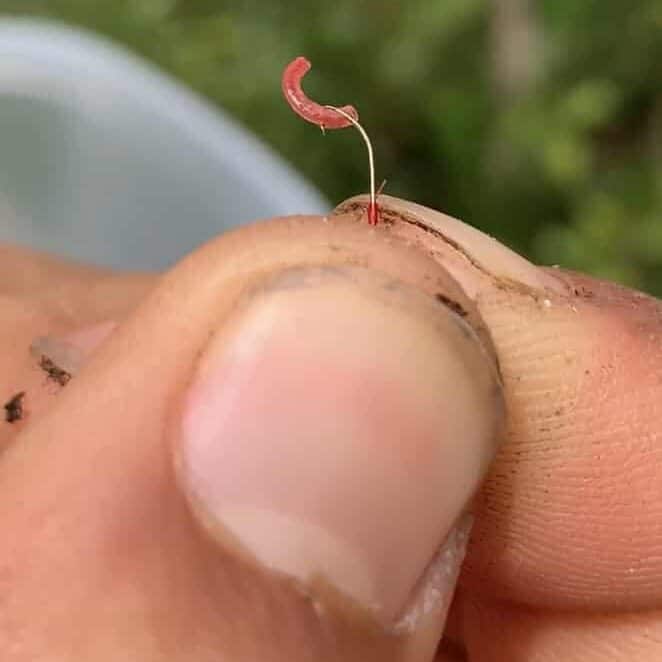
Some fish are extremely picky when it comes to what they eat. It’s important to watch closely and learn from the behavior of the fish you are targeting. You can usually figure out how a fish will feed just by watching for a while and not being afraid to experiment with different baits.
For certain picky fish that only eat live foods, I’ve had to use whole live micro worms, frozen bloodworms, and even live amphipods (scudds) to entice a bite.
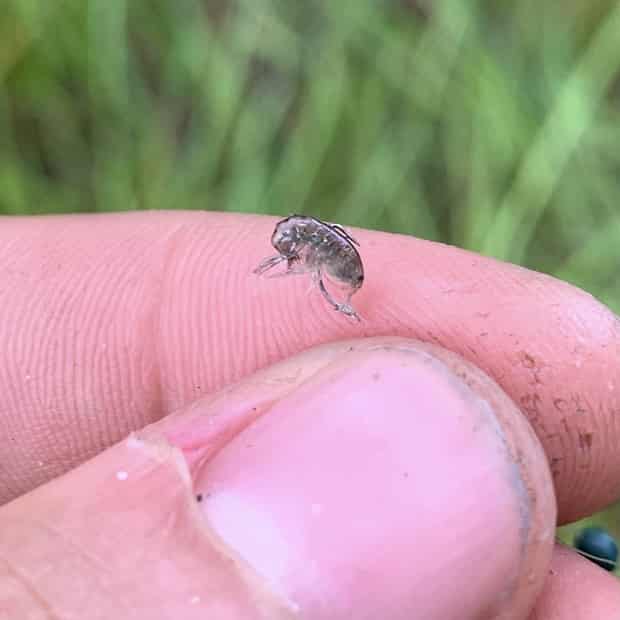
If you don’t have access to fresh or live bait, there are plenty of great packaged options. Berkley Gulp products make great micro fishing bait.
Gulp maggots, earthworms, or even small pieces of larger Gulp soft plastic lures can work nicely. Other packaged scent baits like Fishbites can also work for micro fishing.
Micro Fishing Strategies
A large majority of micro fishing can be done by sight fishing, so it’s often a good idea to start micro fishing in the day during bright sunny hours. Avoiding the wind is also very helpful. Having a nice set of polarized sunglasses is invaluable when micro fishing during the day.
You can sort of train your eyes to pick out fish activity in the water; look for fish on the surface, mid-water, and those that camouflage on the bottom.
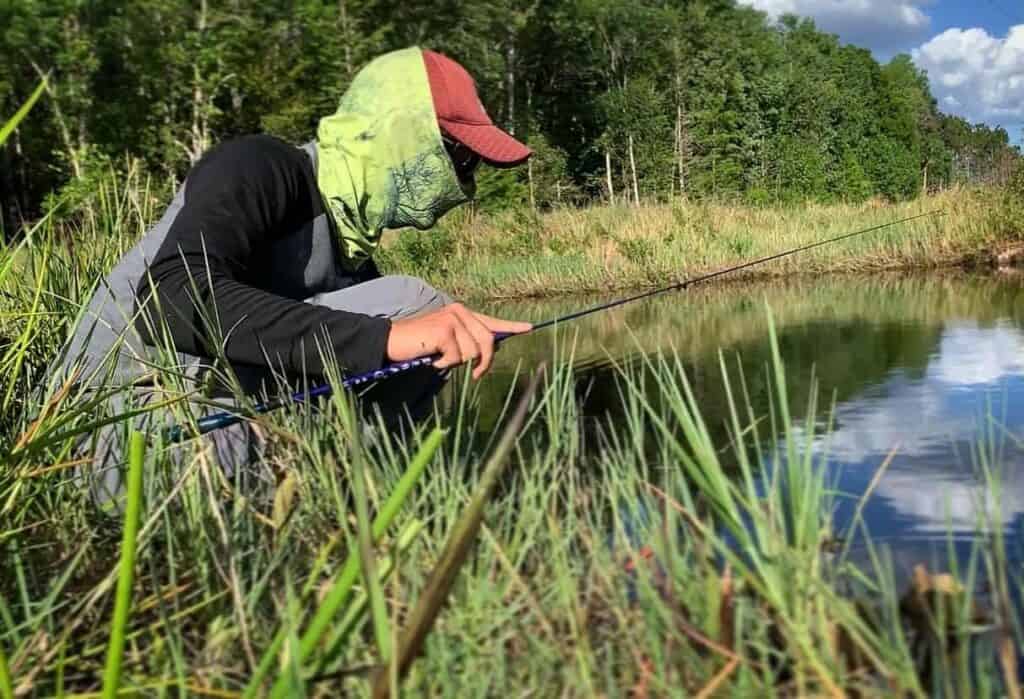
When you can’t see the fish you’re targeting is when float rigs can be very useful. Using float rigs allow you to easily suspend a bait at the correct depth, or if there’s a current, drift your rigs with the current.
If you have a sensitive enough rod and prefer not to use a float, you can still use a split shot rig and feel for the bites instead of sight fishing.
Micro fishing at night is another great way to catch different species of fish. Many fish are too good at hiding during the day, but can easily be located at night using a flashlight or headlamp. For those comfortable getting in the water, snorkel fishing is another great strategy to micro fish.
Sometimes you’ll have to avoid certain aggressive fish to catch your target. This is part of the challenge. Fish like the Mosquitofish (Gambusia sp.) have a reputation for being ravenous and will attack your bait before anything else can.
If there’s a specific fish you’re searching for, do some research ahead of time and you will greatly improve your odds at success. Looking into the fish’s range, preferred habitat, diet, and life history can be extremely helpful when searching for a specific fish.
Fish books and research papers are great places to look for this information.
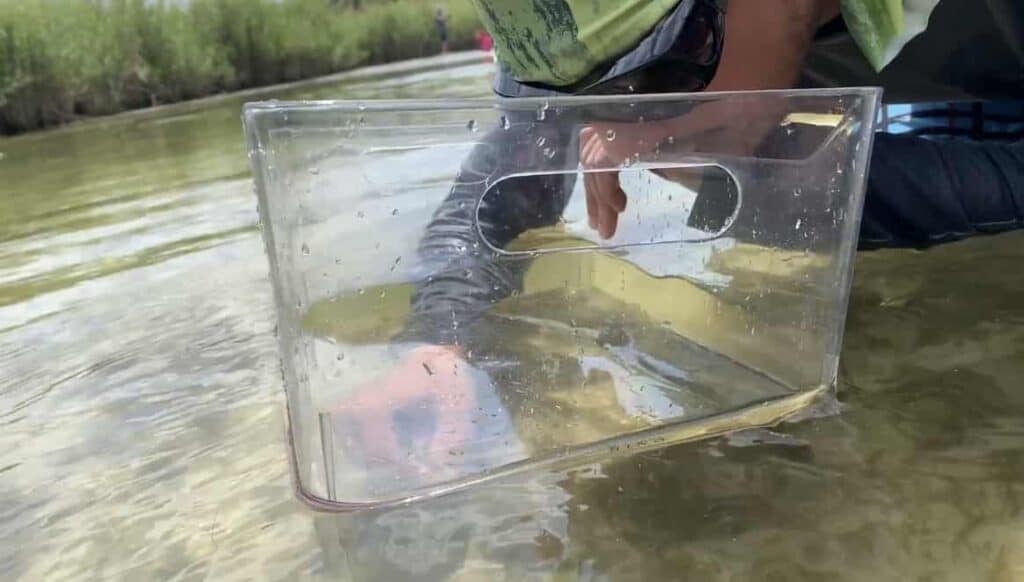
Ichthyology collection databases document fish sampling results and are a useful tool when tracking down specific fish. However, if you live in a place where there aren’t many fish sampling reports, it can be a lot of fun to get a dip net and do your own sampling to see what lives around the waters you fish.
This will help you learn what fish you haven’t been catching and can give you a better idea as to how to target them with hook and line.
Fish identification is an incredibly important skill for multi-species fishing. Getting some fish identification books for the region you’re fishing in will be really helpful to learn what species of fish you’re catching or would like to target.
Finding Micro Fishing Spots
Finding a spot to micro fish isn’t hard, because small fish live everywhere. There are micros to be caught at every roadside ditch, pond, lake, canal, river, creek, and of course the open ocean. You can even micro fish at the beach.


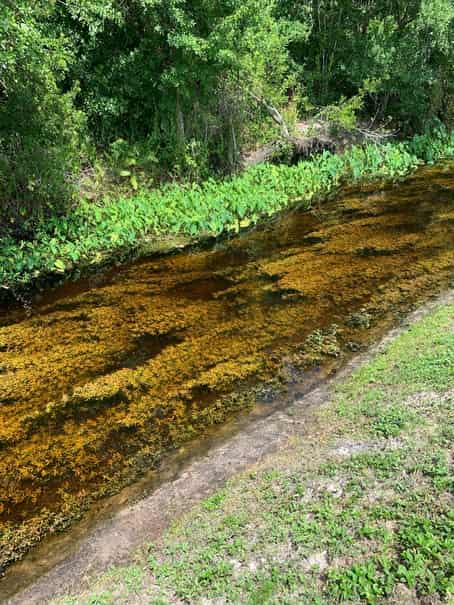
When you arrive at a spot, start by looking around for any little fish to target. If you don’t see any fish, you can try dropping a split shot rig around, especially close to any structure, like plants, rocks, and logs.
It is often easier to start micro fishing near the shallows because many smaller fish will take refuge from predators in the safe shallows. There are also pelagic micro fish that swim around in the open water, so micro fish can really be anywhere.
See Also: 9 Ways To Find Great Fishing Spots Near You
Fish Handling
Many micro fish are very fragile, so it is important to hold them with extreme care. Keeping your hands wet and having a gentle touch will help to prevent harm to the fish. It’s helpful to hold the fish by keeping your hand in the water.
If you’d like to keep the fish to photograph and observe for a longer duration, photo tanks are needed. These clear tanks will keep your fish healthy and safe while you get a closer look.
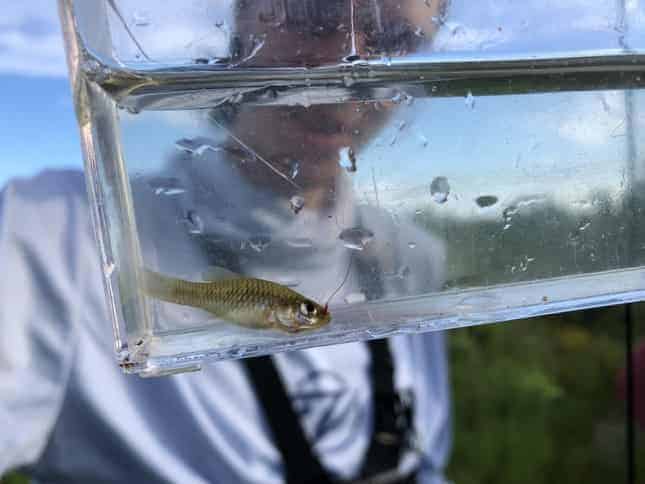

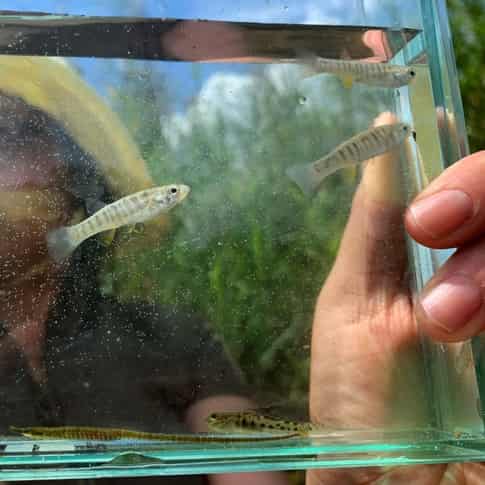
Usually, the tanago hooks don’t cause any harm to the fish. The smaller fish have a hard time even being caught by the hook and will often fall right off the hook, so be careful not to drop them on land. Larger fish, however, like large killifish or sunfish, will sometimes swallow the tanago hook.
In this case, you can attempt to remove the hook carefully using your fingers or forceps. If you cannot remove the hook, it’s usually best to just cut the line as close as possible. Trying to forcefully pull or remove the hook will cause unnecessary harm to the fish.
Conclusion
Whether you are a multi-species angler looking for a new type of fishing, or you only have access to small creeks and ponds…consider giving Micro Fishing a try because there is a whole new world to explore.
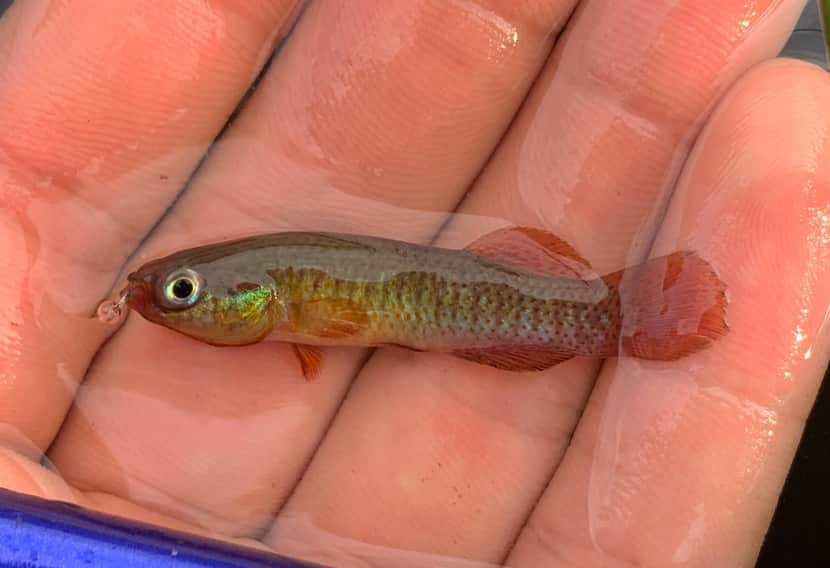
Micro fishing is great because you must be patient, observant and delicate. There are varying levels of difficulty, so anyone can enjoy catching some small fish.
The more you do it, the better you’ll get and the more you’ll want to challenge yourself on the difficult species. There are some really rare fish out there to caught!
Above all, it’s a wonderful way to spend time in the great outdoors. Always show respect, be responsible and care for the fish and their environment. Thanks for reading, and good luck!
Contributing Author: Zain Khalid
Instagram: @species.spotlight
Email: [email protected]
If you haven’t guessed yet, I love fishing and everything about it!
To learn more about why I started Panfish Nation, visit the About page and follow along on Social Media:


Download a copy of my FREE Lure Color Selection Chart & Knot Guide!
Stay up to date with fishing reports, tackle reviews, industry news, and much more! We respect your privacy, unsubscribe at any time.
Like this post? Save it on Pinterest.
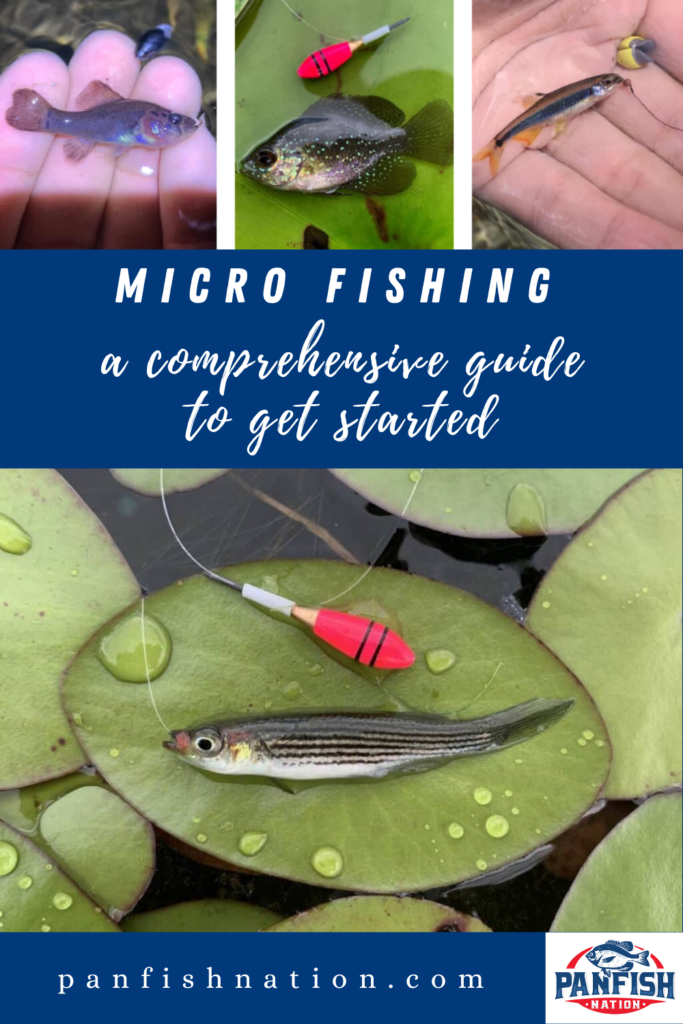
- Sauger vs Walleye: Learn These Differences and Catch More!
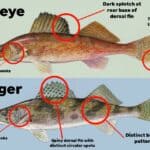
- How To Hold A Bluegill: Tips and Best Practices
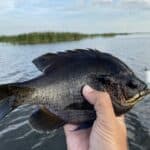
- How To Catch Wild Shiners For Bait (Step By Step W/Pics)
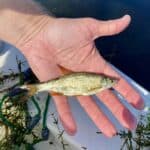
- Crazy Facts About the World Record Crappie

- What Size Hooks for Smallmouth Bass? Quick Guide

- Large and in Charge-Mouth: 10 of the Best Bass Lures of All Time (And Where to Buy Them)

